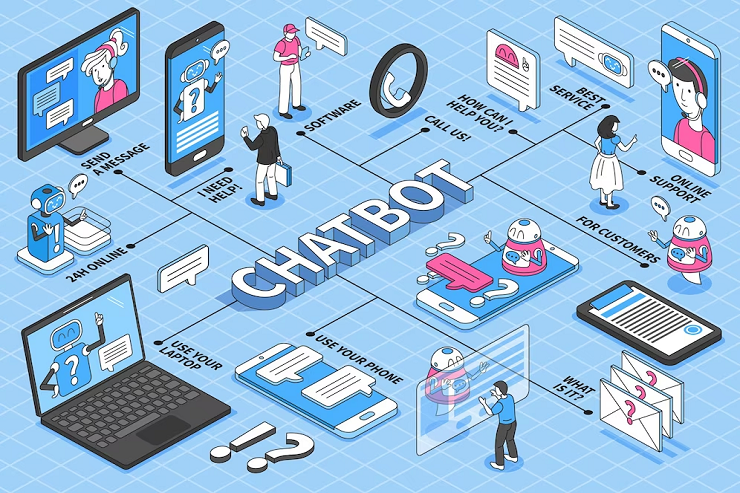
As the world increasingly digitizes, we see more chatbots on our screens. These artificial intelligence-powered programs are being touted as the next big thing in customer service, marketing, and personal assistance. But before fully embracing this AI chatbot revolution, we must consider what we might be giving up by surrendering so much of our communication to machines. In this blog post, we’ll explore why slowing down the AI chatbot revolution may benefit society.
What Are Chatbots?
Chatbots are computer programs that mimic human conversation. They are commonly used to automate repetitive tasks like customer service or marketing tasks.
Although chatbots have been around for decades, they have become increasingly popular in recent years as artificial intelligence (AI) technology has advanced. Chatbots powered by AI can understand the human conversation and respond in a way that mimics human conversation. This makes them seem more like a human than computer programs.
The popularity of chatbots has led to a chatbot revolution, with companies racing to develop and launch chatbots for their products and services. However, this rapid development has also raised concerns about the potential misuse of AI chatbots.
For example, chatbots could spread misinformation or engage in political manipulation. They could also be used to carry out automated attacks on websites or systems, known as botnets. As chatbots become more sophisticated, it is essential to ensure that they are used responsibly and ethically.
The Dangers Of Chatbots
Chatbots are computer programs that can simulate human conversation. They are commonly used to provide customer service or support but can also be used for other purposes, such as marketing or political campaigning.
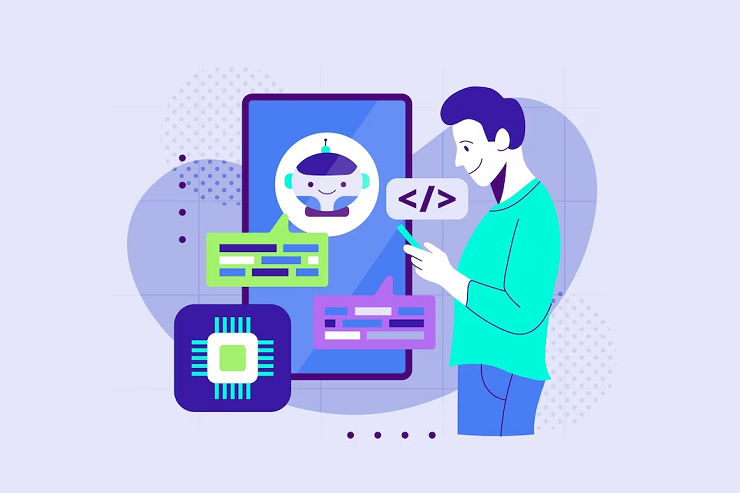
While chatbots can be very useful, some dangers are associated with them.
- One of the biggest dangers is that chatbots can be used to spread misinformation. This is because chatbots are often designed to mimic human conversation, so they can easily trick people into believing false information.
- Another danger of chatbots is that they can be used to collect sensitive personal information from users. This information can then be used for identity theft or other malicious activities.
- Finally, chatbots can also cause problems if they are not appropriately designed. For example, a chatbot might accidentally give out confidential information or make offensive comments.
Overall, chatbots can be handy tools, but it is essential to be aware of the potential dangers associated with them.
The Benefits Of Chatbots
Chatbots have many potential benefits, including improved customer service, more efficient task management, and increased sales. Chatbots can provide a personalized user experience and help you build customer relationships when appropriately used. Here are just a few ways chatbots can benefit your business:
-
Customer Service
Chatbots can quickly and easily answer customer questions 24/7. This frees up time for your customer service team to focus on more complex issues.
-
Task Management
Chatbots can handle simple tasks like scheduling appointments or sending reminders. This allows your employees to focus on more critical studies.
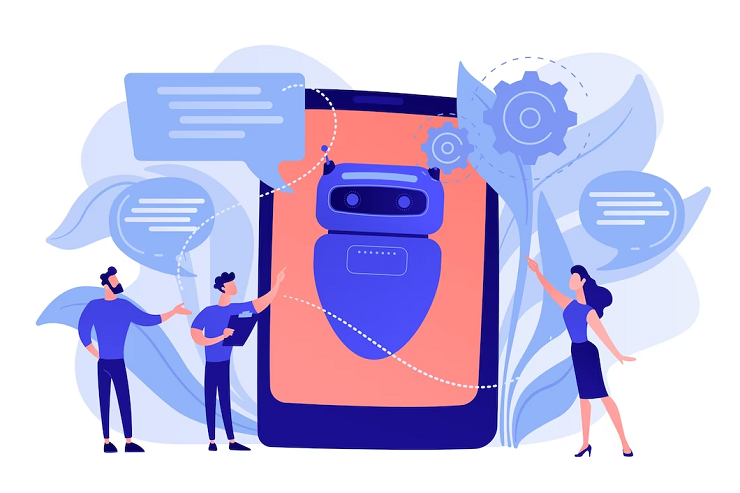
-
Sales
Chatbots can help increase sales by offering personalized recommendations, discounts, and promotions.
-
Relationship Building
Chatbots can help you build relationships with your customers by giving them personalized attention and engaging in conversation.
How To Create A Chatbot?
When it comes to creating a chatbot, there are a few things you need to keep in mind. First, you need to determine the purpose of your chatbot. What do you want it to accomplish? Once you know that, you can start building out the conversation flow. Remember that chatbots are designed to simulate human conversation, so make sure the dialogue sounds natural.
To design your chatbot’s personality, consider how you want it to sound. Do you want it to be friendly and helpful? Or do you want it to be cheeky and fun? Whatever personality you choose, ensure it’s consistent throughout the conversation.
Finally, when you’re ready to launch your chatbot, test it out with a small group of people first. See how they interact with it and get feedback on what works and what doesn’t. With these tips in mind, you’re on your way to creating a successful chatbot!
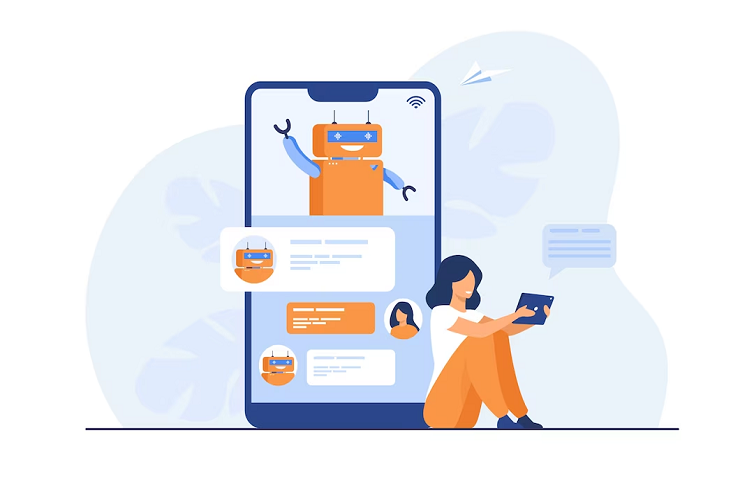
Alternatives To Chatbots
Humans are naturally social creatures and crave interaction. We have evolved to communicate with one another through spoken language, body language, and written language. So it’s no surprise that, as artificial intelligence (AI) has become more sophisticated, one of its most popular applications has been communication.
Chatbots are computer programs that can mimic human conversation. They commonly simulate a human conversation in online customer service or support scenarios. However, chatbots are not perfect substitutes for human interaction. They often fail to understand natural language and can be frustrating to communicate with.
There are several alternatives to chatbots that can provide a more human-like experience:
-
Live Chat
Live chat is an excellent alternative to chatbots because it allows customers to communicate with a natural person in real time. This human interaction can help build trust and rapport between the customer and the company.
-
Social Media
Social media platforms like Twitter and Facebook offer a more personal way to connect with customers and provide customer service. These platforms also allow for two-way communication so customers can give feedback directly to the company.
-
Phone Calls
Though they may seem old-fashioned, they are still an effective way to reach customers. They offer a personal touch that chatbots cannot provide. Additionally, phone calls allow immediate customer feedback to help companies improve their products or services.
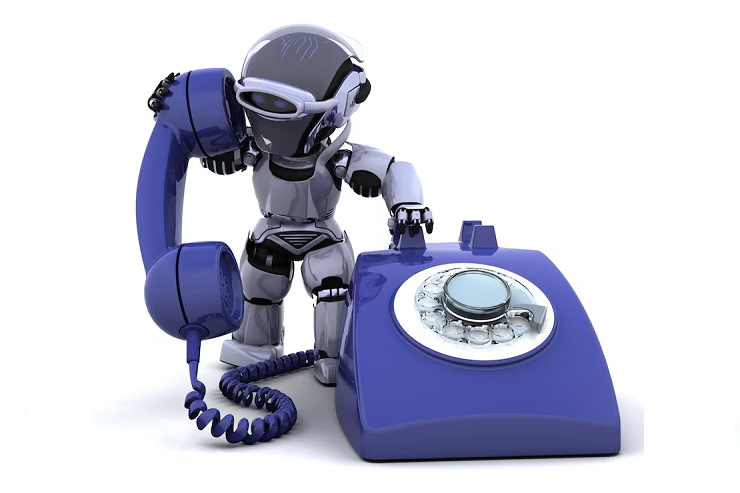
-
Video Calls
Video calls are becoming an increasingly popular way to connect with customers. They offer a more personal way to communicate and can help build trust between the customer and the company.
-
Email
Email may seem slow compared to other communication methods, but it can still be effective for customer service. It allows customers to ask questions or provide feedback in their own time, giving companies a chance to respond with detailed answers.
Conclusion
Despite the potential benefits, AI chatbot technology must be cautiously adopted. We need to ensure sufficient safeguards and address any potential risks the technology poses before it becomes widely implemented. The development of this powerful tool should be completed on time instead of step-by-step, so we can guarantee its use is safe and beneficial for all.
